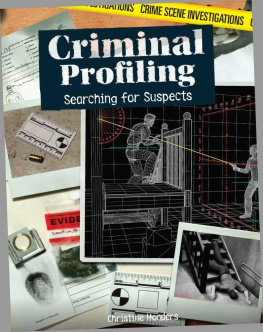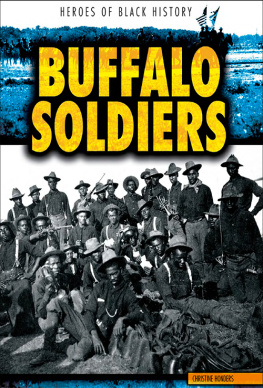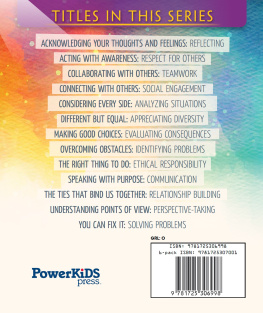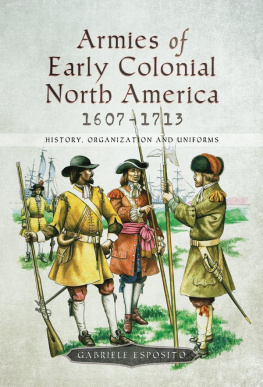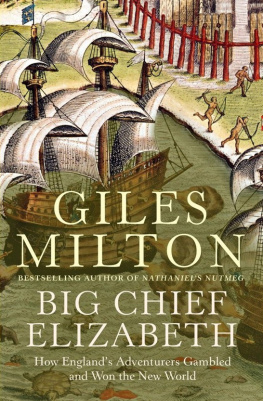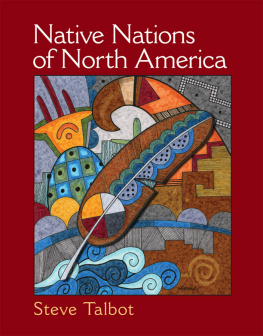Contents
Published in 2020 by The Rosen Publishing Group, Inc.
29 East 21st Street, New York, NY 10010
Copyright 2020 by The Rosen Publishing Group, Inc.
All rights reserved. No part of this book may be reproduced in any form without permission in writing from the publisher, except by a reviewer.
First Edition
Editor: Jill Keppeler
Book Design: Reann Nye
Photo Credits: Cover SuperStock/Getty Images; p. 5, Courtesy of the Library of Congress; pp. 7, 9 (bottom), 25 Universal History Archive/ Universal Images Group/Getty Images; p. 9 (top) https://commons.wikimedia.org/wiki/File:Castillo_de_San_Marcos_Fort_Panorama_1.jpg; p. 11 https://commons.wikimedia.org/wiki/File:John_Smith_taking_the_King_of_Pamavnkee_prisoner_-_etching.jpg; p. 13 Kean Collection / Hulton Fine Art Collection/Getty Images; p. 14 Archive Photos/Getty Images; p. 15 Lambert/ Hulton Fine Art Collection/Getty Images; pp. 16, 21 Bettmann/Getty Images; p. 17 Science & Society Picture Library/Getty Images; p. 19 Library of Congress/Corbis Historical/Getty Images; p. 23 https://commons.wikimedia.org/wiki/File:Dutch_soldiers_in_a_boat_with_slaves_from_the_Colonies,_Africa_(NYPL_b14896507-95335).tiff; p. 26 https://commons.wikimedia.org/wiki/File:Constitution_of_the_United_States,_page_1.jpg; p. 27 Three Lions/Hulton Archive/Getty Images; p. 29 (top) ttps:// commons.wikimedia.org/wiki/File:John_Singleton_Copley_001.jpg; p. 29 (bottom) https://commons.wikimedia.org/wiki/File:Sir_Joshua_Reynolds_-_John_Murray,_4th_Earl_of_Dunmore_-_Google_Art_Project.jpg.
Cataloging-in-Publication Data
Names: Honders, Christine.
Title: The real story behind the 13 colonies / Christine Honders.
Description: New York : PowerKids Press, 2020. | Series: The real story: debunking history | Includes glossary and index.
Identifiers: ISBN 9781538344668 (pbk.) | ISBN 9781538343456 (library bound) | ISBN 9781538344675 (6 pack)
Subjects: LCSH: United States--History--Colonial period, ca. 1600-1775--Juvenile literature.
Classification: LCC E188.H66 2020 | DDC 973.2--dc23
Manufactured in the United States of America
CPSIA Compliance Information: Batch #CSPK19. For Further Information contact Rosen Publishing, New York, New York at 1-800-237-9932
THE THANKSGIVING MYTH
Weve all read or heard the story of the first Thanksgiving. The Pilgrims landed on Plymouth Rock, Massachusetts, in 1620, or so the story goes. After their first successful harvest in 1621, they held a celebration feast and invited the local Indians to join them. This became a tradition they named Thanksgiving.
Much of this, however, may not be true. Plymouth Rock wasnt mentioned in the settlers writings. The historic feast wasnt called Thanksgiving until the 1830s. Theres no evidence that the Indians were invited. And the meal likely didnt even include turkey!
This story isnt the only fun-butsomewhat-fictional tale people have learned about the first British colonies in North America. Not everything weve heard or been taught about the 13 colonies that became the United States is real.
GOOD SOURCES
Many stories can be fun or interestingbut just because somethings fun doesnt mean its true. Check your sources before you believe a story about U.S. history or anything else. How do you know if that Internet article is a good source? Check the author. Do they know a lot about their field? Look at the articles sources. Where did the author get their information? Search for more information if youre unsure.
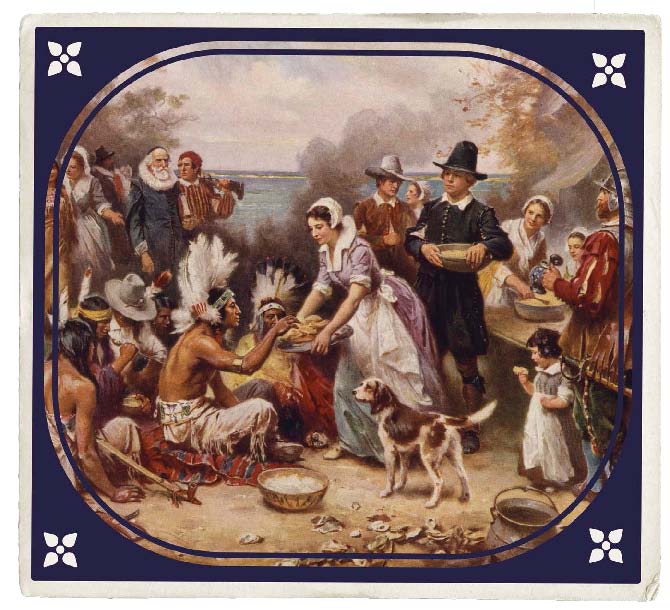
Pilgrims didnt wear tall hats with buckles on them. Later artists painted them that way because they thought it looked old fashioned.
THE WHOLE STORY
Sometimes school textbooks dont tell the whole story. Many history books about the 13 colonies just include the colonists point of view and dont include the perspective of the Native Americans they killed or the Africans they enslaved. Unpleasant, brutal facts about how the Europeans settled in North America are often left out so that we have a more positive view of our countrys history.
You may have been told that many of the people who first came to the New World were escaping religious persecution. While religion did influence many colonists, they didnt intend to come here and establish freedom of religion for all. The Puritans in particular wanted to establish their religion and force everyone to follow it. They only wanted freedom for themselves.
FACT FINDER
English leaders, who didnt want to lose their best merchants and farmers, discouraged people from moving to the New World by telling them that the only people going there were criminals running 6 away from punishment.
FOUNDING THE THIRTEEN
The 13 British colonies that became the United States were Virginia, Massachusetts, New Hampshire, Maryland, Connecticut, Rhode Island, Delaware, North Carolina, South Carolina, New Jersey, New York, Pennsylvania, and Georgia. Virginia was the first to be established when Jamestown was founded in 1607, but it didnt become a royal colony until 1624. In 1732, Georgia was the last to be established. It became a royal colony in 1752.
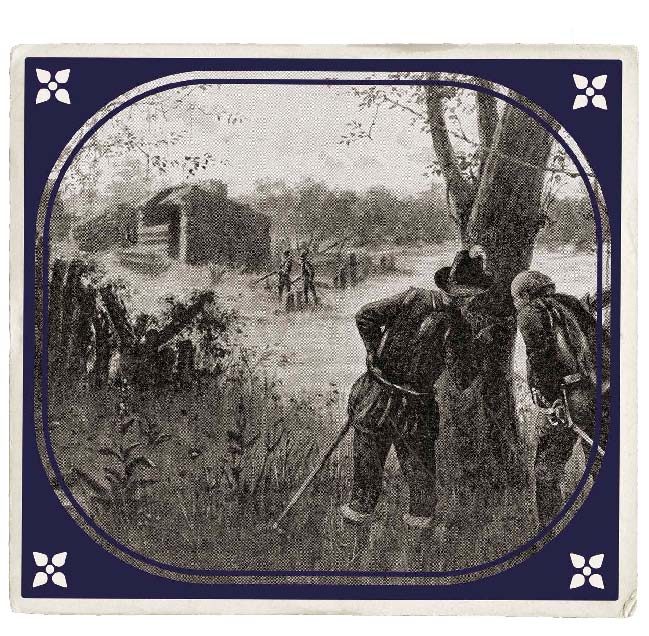
Europeans settled on Roanoke Island, off the coast of modern-day North Carolina, twice, once in 1585 and again in 1587. Both times, the captains who left the island to get more supplies from England came back and found the colony abandoned. No one is sure what happened to the colonists.
FOR PRAYER OR FOR PROFIT?
Religion played a big part when Europeans created the coloniesbut money was an even bigger factor. The king of England gave charters to people to start colonies. The charters declared that the king (or other wealthy men in England) owned the land and that they were entitled to most of the profits. In the early days of colonization, the colonists werent interested in being free from England. They accepted that the king was in charge.
The colonists brought their habits and culture to a new place, but most of them werent interested in a new way of life. They wanted the colonies to be like England in many ways. They werent expecting to find people with a different way of life already living in their New World.
the real new world
The colonists werent coming to empty lands. In some places,there were heavily populated villages in North America. The Native Americans had their own languages and laws. In many cases, they believed in community and cooperation. Giving to others was a way to earn respect. The colonists didnt understand the Native Americans way of life. Many believed that because the natives werent Christians, it was the colonists religious duty to either convert them or wipe them out.
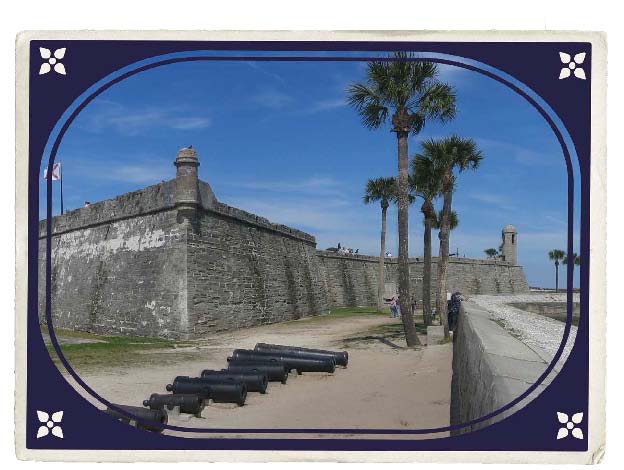
Florida was settled in 1565 by Spanish explorer Pedro Menndez de Avils, long before the Pilgrims arrived. His settlement, Saint Augustine, is the oldest continually populated European settlement in the United States. Above, Castillo de San Marcos is the oldest masonry fort in the continental United States.



